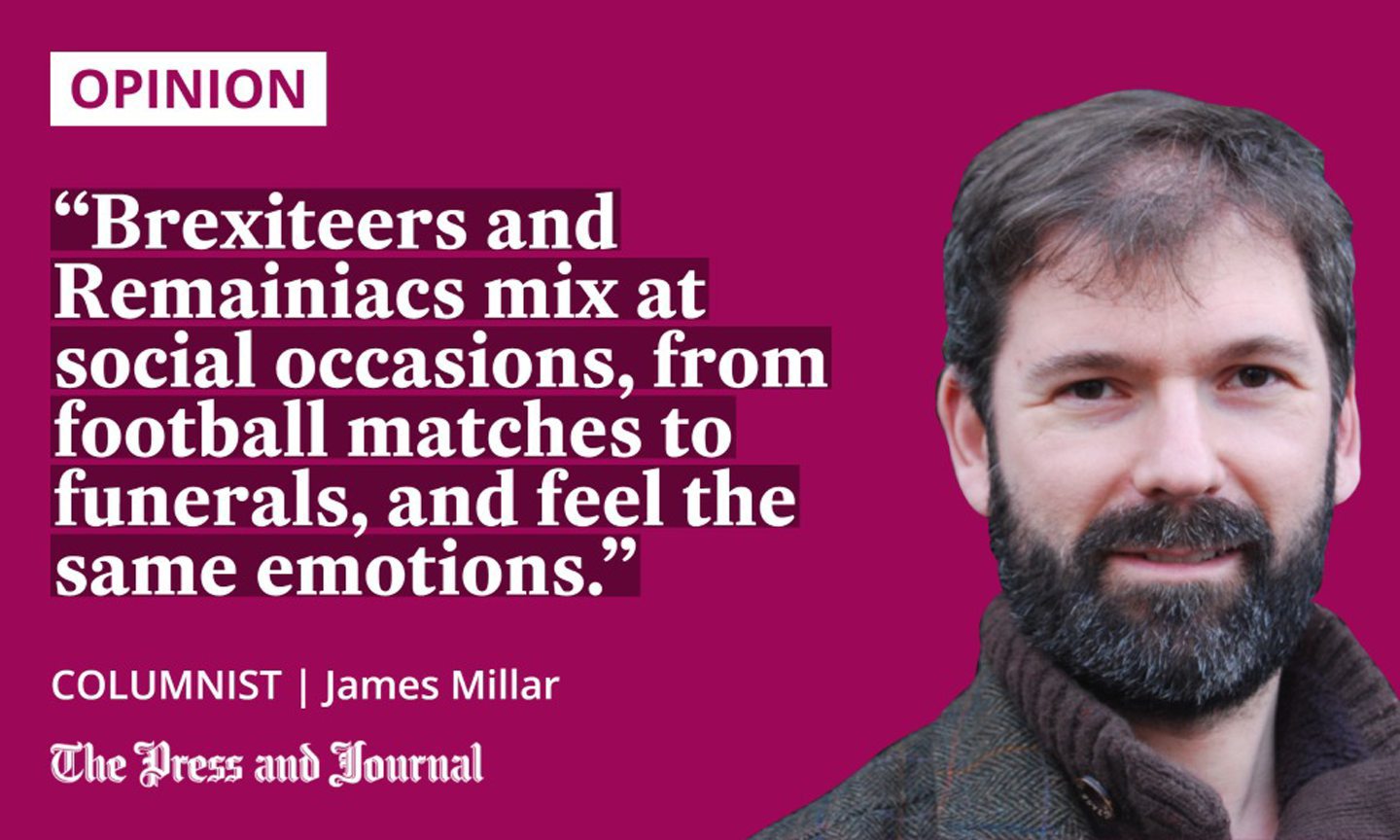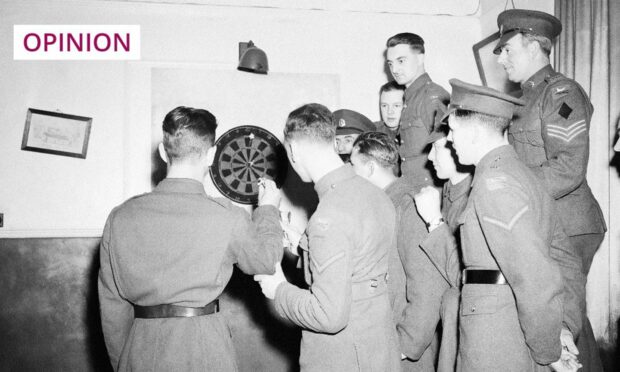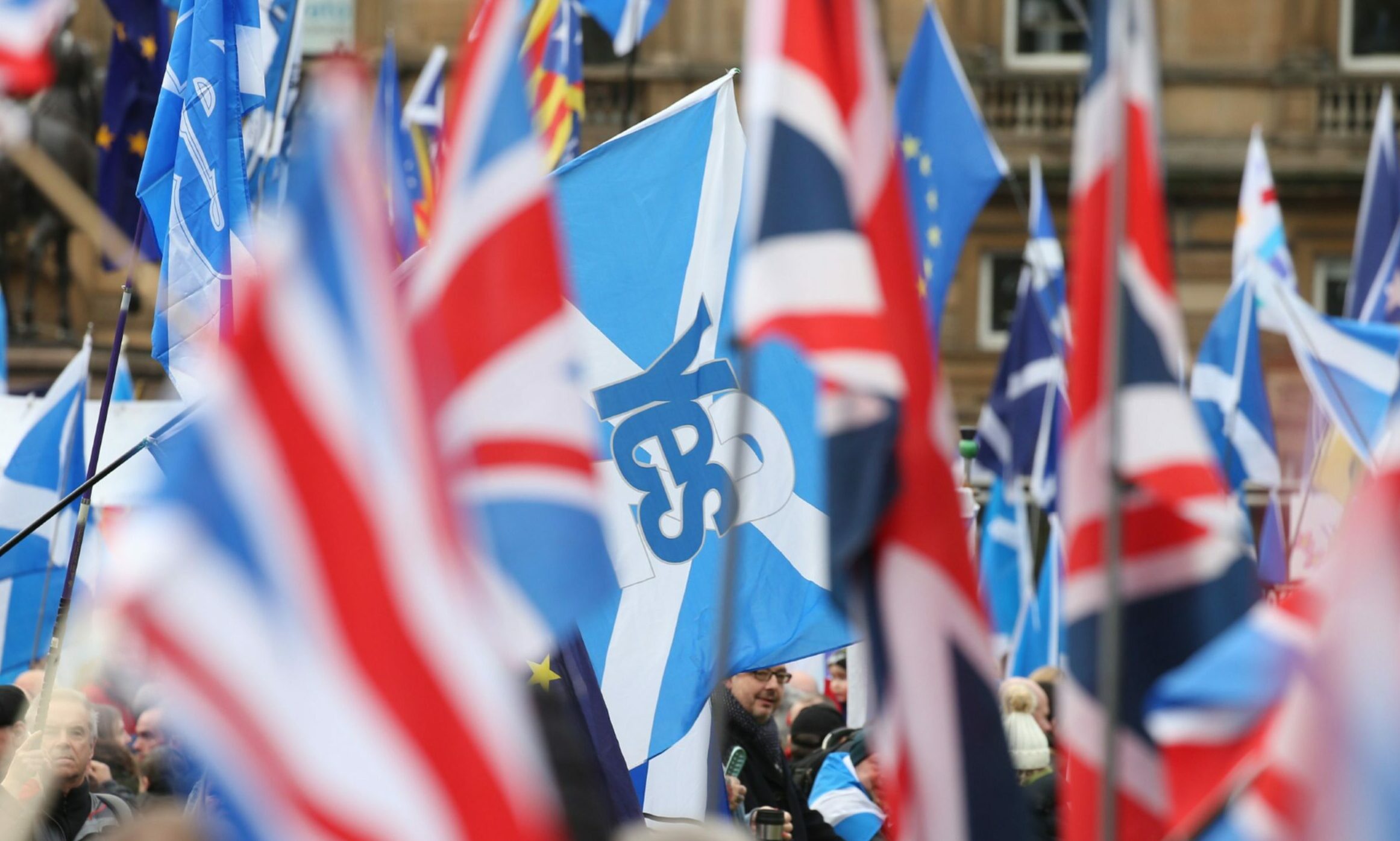Until recently, to me John Steinbeck was author of fat, annoying books.
Both The Grapes of Wrath and Of Mice and Men blighted my school years. Whether down to 20th Century teaching or my limited teenage intellect, I could not make much of a connection between lengthy tales of poverty in the American Dust Bowl and my own more comfortable experience in central Scotland.
Despite this poor start, I was still tempted to snap up a collection of Steinbeck’s war reporting when I spotted it at a fete book stall recently. There’s few better feelings than finding treasure on the trestle tables when the local drama club rocks up to offload its members’ unwanted tomes.

And, having devoured the dozens of dispatches in Once There Was a War, I’ve a far better understanding of Steinbeck’s knack for the human condition than I ever got from his works foisted on us at school.
Because he speaks to fundamentals, it’s inevitable that many of the lessons he draws out apply equally today as they did 80 years ago.
‘Trouble seems to lie in generalities’
Perhaps the most relevant column is titled Directed Understanding. The author muses on the booklets US troops received before arriving in the UK, explaining how the British speak and behave, our uninspiring food and rotten beer.
But, instead of aiding relations, these pamphlets created preconceptions and, so, upon contact between Yanks and Brits “the two come together like strange dogs, each one looking for trouble”.
‘The moment we become the Americans and they become the British trouble is not far behind’
Steinbeck hit the nail on the head in one line, simultaneously banal and profound, but that speaks loudly to our divisive times: “The whole trouble seems to lie in generalities”.
He wraps the piece up thus: “We get along very well as individuals, but just the moment we become the Americans and they become the British trouble is not far behind.”
Keep tribes in perspective
Replace the words “Americans” and “British” with the 21st Century dividing line of your choice. Plenty of Yes and No voters work well alongside each other across Scotland. Brexiteers and Remainiacs mix at social occasions, from football matches to funerals, and feel the same emotions. Even in Westminster, Truss supporters and Sunak fans sit on the same green bench.
Of course, when UK and US forces worked together on the task in hand back in 1943 – when Steinbeck was filing from England, Algeria and Italy – they achieved a wonderful victory and preserved the freedoms we are exercising every time we bedevil our society and politics with dividing lines.
We ought to choose our tribes wisely, be aware of those that are chosen for us, but, most importantly, keep them in perspective against the larger wins we achieve when we work together. And don’t ever give up on the books, authors, subjects that failed to spark for us in school.
James Millar is a political commentator, author and a former Westminster correspondent for The Sunday Post


Conversation